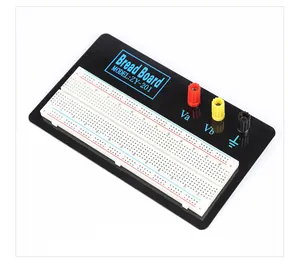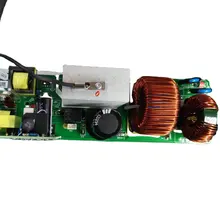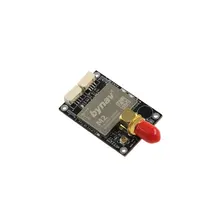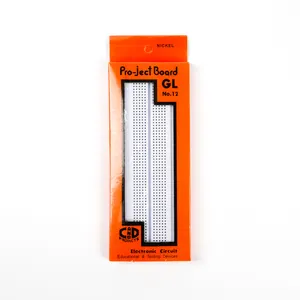Understanding Breadboards for Prototyping
A breadboard is an essential tool in the realm of electronics, serving as a base for prototyping and testing circuit designs. This platform allows developers and hobbyists to create temporary circuits without the need for soldering, facilitating easy adjustments and modifications. Breadboards are integral in transforming theoretical designs into tangible, functional prototypes.
Types of Breadboards
Breadboards come in various forms, each catering to different prototyping needs. The most common type is the solderless breadboard, a reusable unit that's ideal for educational purposes and initial design phases. For more permanent setups, stripboards and perfboards, which require soldering, offer a sturdier solution. The choice of breadboard type hinges on the project's requirements, complexity, and stage of development.
Applications of Breadboards in Prototyping
The application of breadboards is vast, ranging from simple educational projects to complex industrial prototypes. They are particularly valuable in the iteration process of product development, allowing for rapid testing and feedback integration. In the context of 3D printing prototypes, breadboards facilitate the testing of electronic components that might be integrated into printed structures.
Features and Materials
Breadboards are characterized by a grid of holes embedded into a plastic base, with conductive strips beneath to establish connections. The materials used are typically a combination of ABS plastic and phosphor bronze or nickel-silver alloy for the contact clips. This construction ensures a balance between durability and electrical conductivity, crucial for repeated use in prototyping.
Advantages of Using Breadboards
The primary advantage of using a breadboard lies in its flexibility. It allows for swift modifications and the ability to rectify design flaws without the permanence of soldering. This adaptability is crucial for rapid prototyping and iterative design, enabling developers to refine their projects efficiently. Additionally, breadboards are invaluable for educational purposes, providing a hands-on learning experience for students and beginners.
Selecting the Right Breadboard
When selecting a breadboard, it's important to consider factors such as size, number of tie points, and the type of project it will be used for. Alibaba.com's extensive selection caters to these diverse needs, offering a variety of breadboards to suit any prototyping requirement. Whether for low-fidelity or high-fidelity prototypes, the platform connects buyers with a multitude of suppliers, ensuring a fit for every project's specifications.










































 浙公网安备 33010002000092号
浙公网安备 33010002000092号 浙B2-20120091-4
浙B2-20120091-4